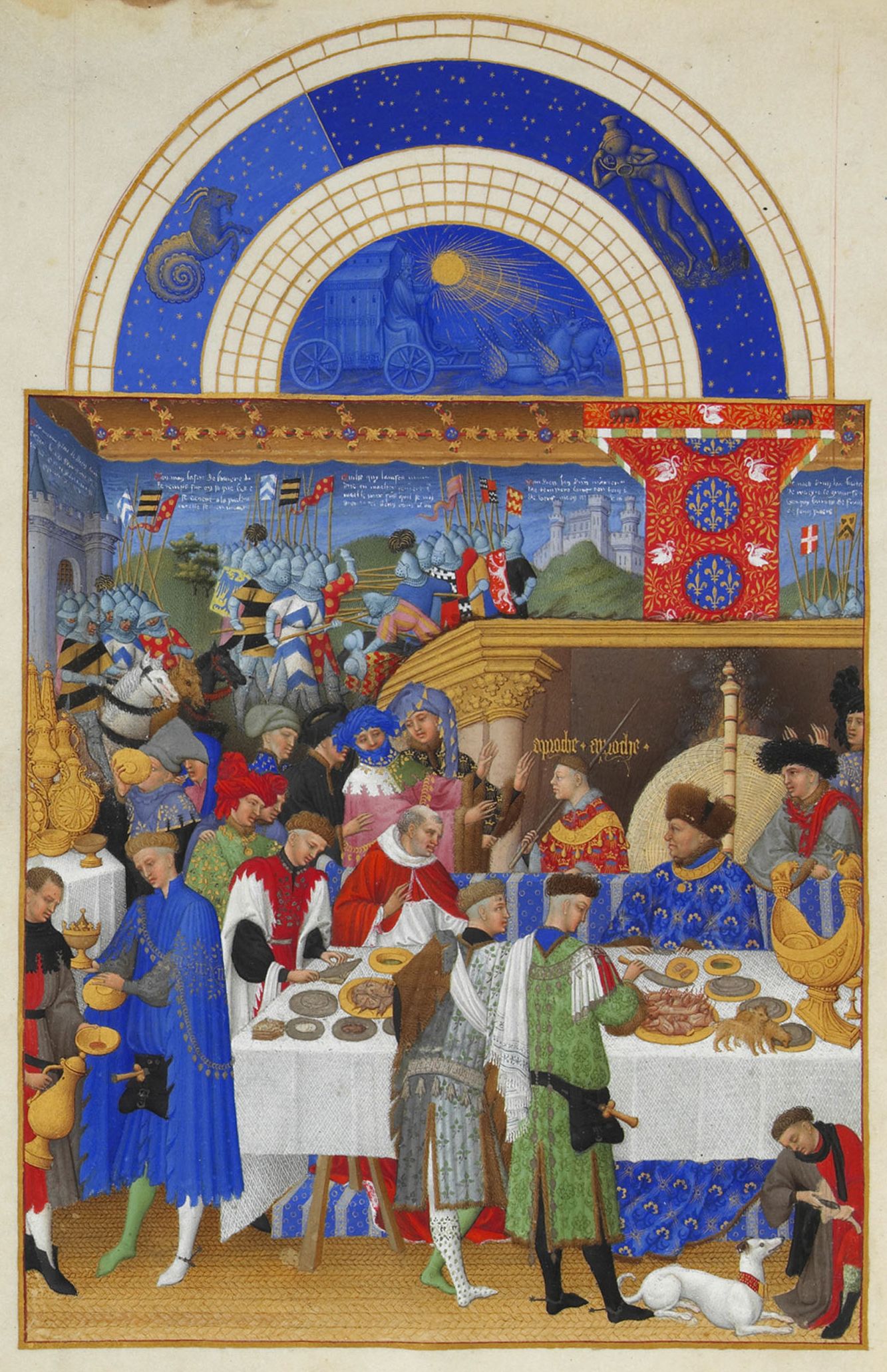
This module considers the economic background to sweeping changes in the late middle ages; to a new distribution of wealth; and to the development new trade routes that brought raw materials and finished luxury items from Asia, Africa, the Baltic, and beyond. We will consider many of what have been called ‘minor arts’, including automata and mechanical marvels developed in late medieval courts, as well as many surviving paintings commissioned by the nouveaux riches, which often depict the kinds of consumer goods they were also purchasing. We will examine the proposition that images both constructed and reflected identity, and that they both revealed and stimulated a desire for exotic products. While some of our readings will address Italy, most will consider the situations in France, the Netherlands, and the British Isles.
Topics will include: courtly display; changes in economic, health, and social conditions in the late middle ages; the production and marketing of luxury goods; trade routes within Africa, Asia, and Europe for gold, silk, ivory, pigments and other materials; the role of bankers and banking; paintings, manuscripts, reliquaries, tapestries and household furnishings as objects of luxury; donations and gift theory. Approaches will include economic history, social history, patronage, reception theory and connoisseurship.
